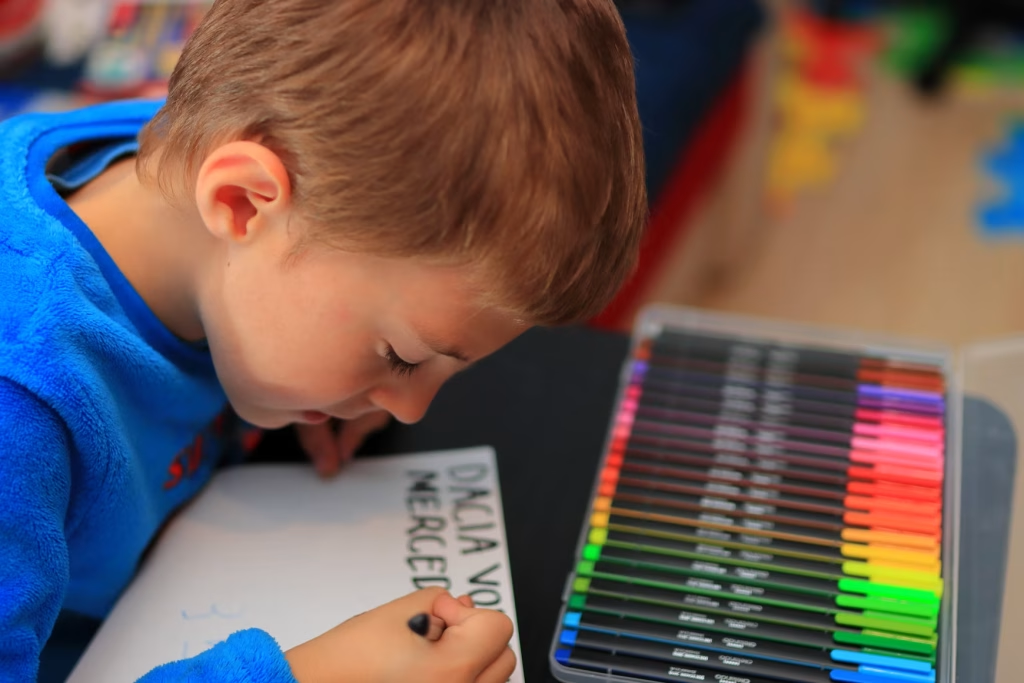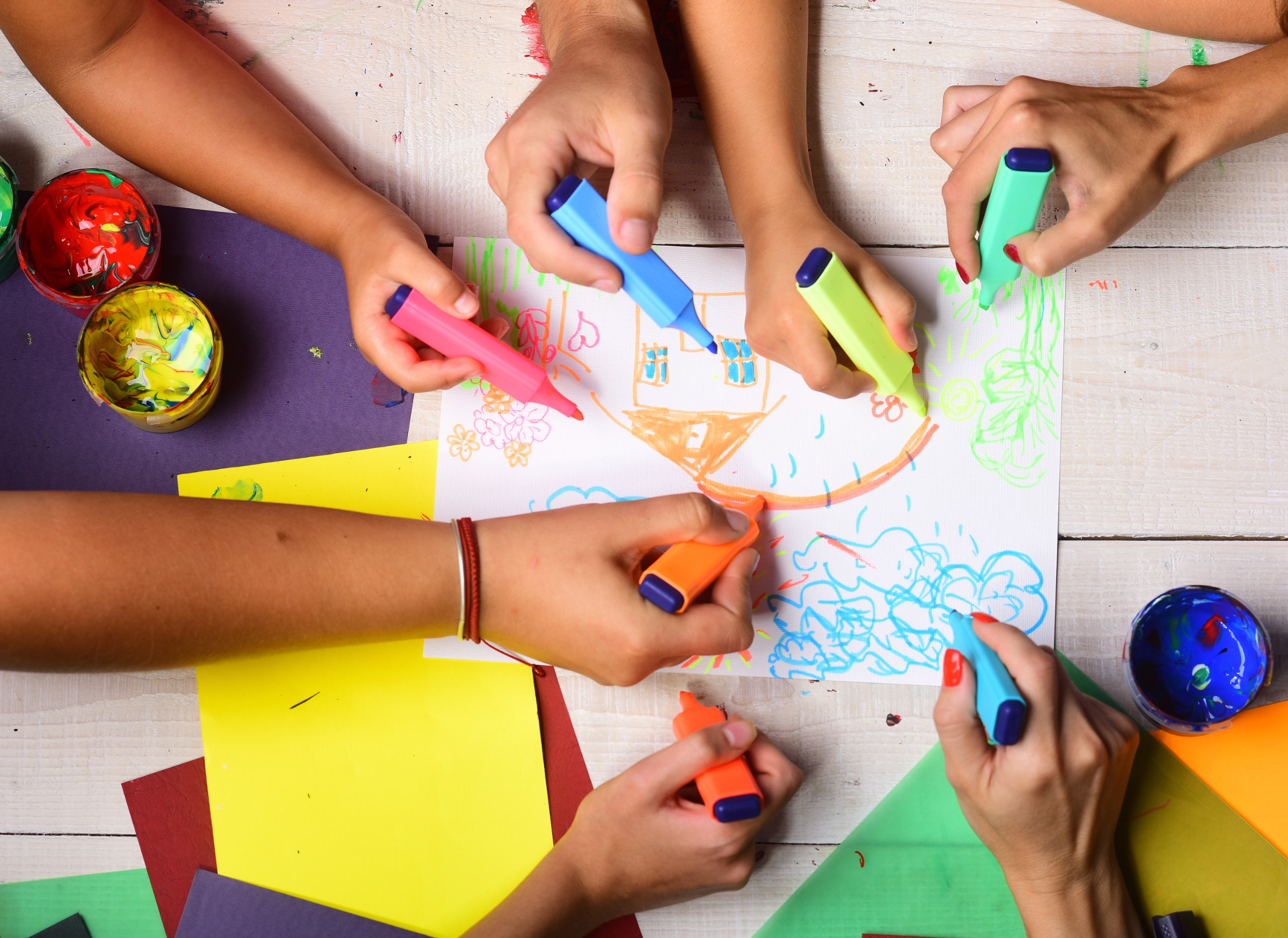
There are some moments in parenting that are so sweet, so unexpectedly tender, they stop you in your tracks. While the chaos of raising kids can be overwhelming, these heart-melting things kids do remind us why the hard days are worth it. From spontaneous hugs to mispronounced words, their innocence and sincerity bring a kind of magic that only childhood can offer. These small gestures and quirks often pass in the blink of an eye, but they leave a lifelong imprint on our hearts. Here are 12 things kids do that we never want to forget—and why they matter more than we realize.
1. Giving You a Dandelion Like It’s Gold
When your child hands you a crumpled dandelion with pride in their eyes, it’s not just a weed—it’s a love offering. They believe they’ve found treasure, and they want you to have it. That tiny, wilted flower carries more meaning than a bouquet from the florist. It’s one of those heart-melting things kids do that reminds us how love doesn’t need to be big or expensive to be powerful. Just pure, joyful giving.
2. Mispronouncing Words in the Cutest Ways
Whether it’s “aminal” instead of “animal” or “brefkast” instead of “breakfast,” those adorable little mispronunciations have a way of sticking in your memory. It’s a sweet reminder that their brains are growing faster than their mouths can keep up. You’ll find yourself repeating those words years later with a smile. These quirks are fleeting but unforgettable. They’re milestones wrapped in laughter.
3. Offering Comfort in Their Own Special Way
When a child sees someone upset and tries to help with a hug, a toy, or even just sitting silently beside them, it’s a powerful thing. They don’t have the right words, but their instinct is to love and show up anyway. That kind of raw, unfiltered empathy is one of the most heart-melting things kids do. It teaches us how little it takes to make someone feel seen. Their kindness often surpasses our own.
4. Telling You They Love You Out of Nowhere
There’s nothing like driving to the grocery store or brushing your teeth and hearing, “I love you, Mommy” or “You’re the best, Dad.” It’s unprompted, sincere, and completely disarming. These spontaneous love declarations are pure gold. You didn’t have to earn it—it’s just how they feel in the moment. Those simple words stick with you forever.
5. Drawing You with Giant Hearts and Stick Arms
To a child, every piece of artwork is a masterpiece, and when you’re the subject, it means you’re their world. The lopsided smiles, oversized heads, and rainbow hearts are full of intention and love. They don’t care about proportion or shading—they care about connection. Hanging their art on the fridge means more than any award. It’s a daily reminder of how they see you.
6. Believing in Magic Without Hesitation
Whether it’s fairies, the tooth fairy, or a talking stuffed animal, kids dive headfirst into wonder. They create entire worlds out of sidewalk chalk or a cardboard box. Their belief in magic invites us to believe again, too. It’s not just imaginative play—it’s their way of finding joy and safety in the unknown. And when we join in, we’re reminded that imagination is a powerful thing.
7. Wanting to Be Just Like You
From mimicking how you stir your coffee to pretending to work like you do, kids naturally want to mirror their parents. It’s one of the heart-melting things kids do that carries a quiet kind of pressure—to be someone worthy of their admiration. But it also brings a burst of pride. They don’t see your flaws or tired eyes, they see their hero. And that reflection of love is unforgettable.
8. Saying the Sweetest Bedtime Prayers
There’s something incredibly touching about a child whispering thanks for their dog, the moon, and their favorite socks before falling asleep. Their prayers are honest, full of wonder, and sometimes unintentionally hilarious. But they reveal a heart tuned into gratitude and love. Those nighttime rituals are quiet moments that stay with you. Their innocence shines brightest in the quiet hours.
9. Holding Your Hand Just Because
There comes a day when they’ll pull away, but before that, those little hands reach for yours without thinking. It’s instinctive, comforting, and one of the simplest ways they show trust. Whether you’re walking through a parking lot or snuggled on the couch, it’s a gesture that speaks volumes. It says, “You’re my safe place.” And that’s something no parent ever forgets.
10. Giggling Over the Smallest Things
Whether it’s a silly sound, a funny face, or a made-up joke, kids can laugh until they can’t breathe. That deep belly laugh is one of the most contagious, joyful sounds in the world. It reminds us not to take life too seriously. Their joy is simple and unfiltered. And watching them lose it over a banana that looks like a duck is just priceless.
11. Dressing Themselves with Confidence
Mixing stripes with polka dots and rain boots in July, kids often express themselves through hilarious fashion choices. And they do it with pride. There’s something incredibly freeing about their confidence. It reminds us that being bold and authentic doesn’t need approval. Their creativity is a celebration of self.
12. Whispering Secrets That Make No Sense
Whether it’s a made-up word or “I saw a squirrel do a cartwheel,” these whispered moments feel sacred. It’s not about the content—it’s about the connection. When a child leans in close to share a secret, you know you’re in their inner circle. That trust is tender and fleeting. It’s one of those small things that ends up meaning everything.
These Moments Are the Real Milestones
While we often chase the big accomplishments—first steps, first words, first report cards—it’s the small, heart-melting things kids do that leave the deepest mark. They remind us to slow down, soak it in, and treasure the season we’re in. These are the moments that don’t make the baby book, but they shape our parenting stories forever. Hold them close, even when they seem ordinary, because they’re anything but.
Which heart-melting thing has your child done recently that you never want to forget? Share your favorites in the comments!
Read More:
5 Great Mother-Daughter Experiences Every Mom Owes Her Little Girl
7 Things Kids Remember Most About Their Parents (It’s Not What You Think)
Catherine is a tech-savvy writer who has focused on the personal finance space for more than eight years. She has a Bachelor’s in Information Technology and enjoys showcasing how tech can simplify everyday personal finance tasks like budgeting, spending tracking, and planning for the future. Additionally, she’s explored the ins and outs of the world of side hustles and loves to share what she’s learned along the way. When she’s not working, you can find her relaxing at home in the Pacific Northwest with her two cats or enjoying a cup of coffee at her neighborhood cafe.




































